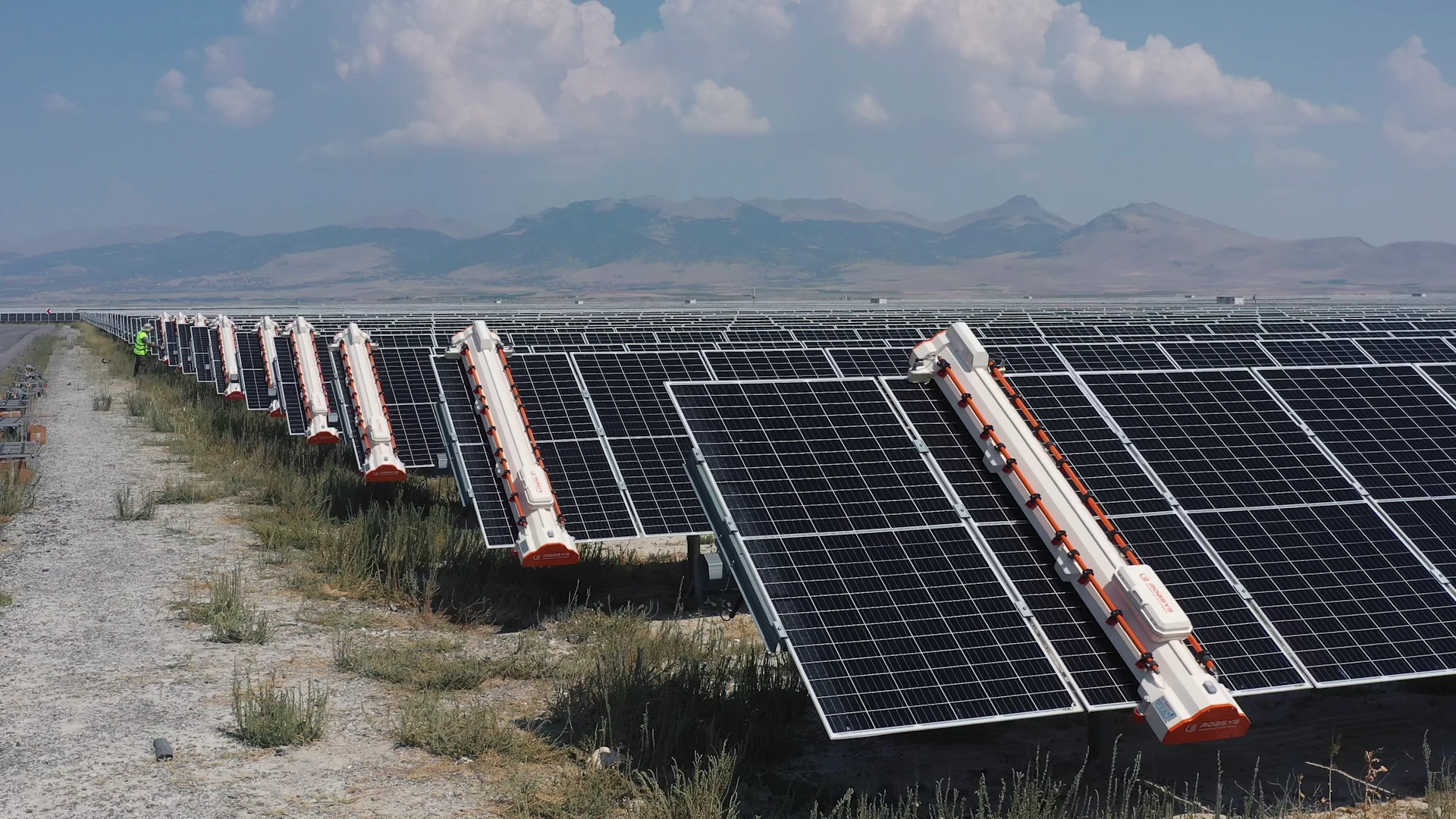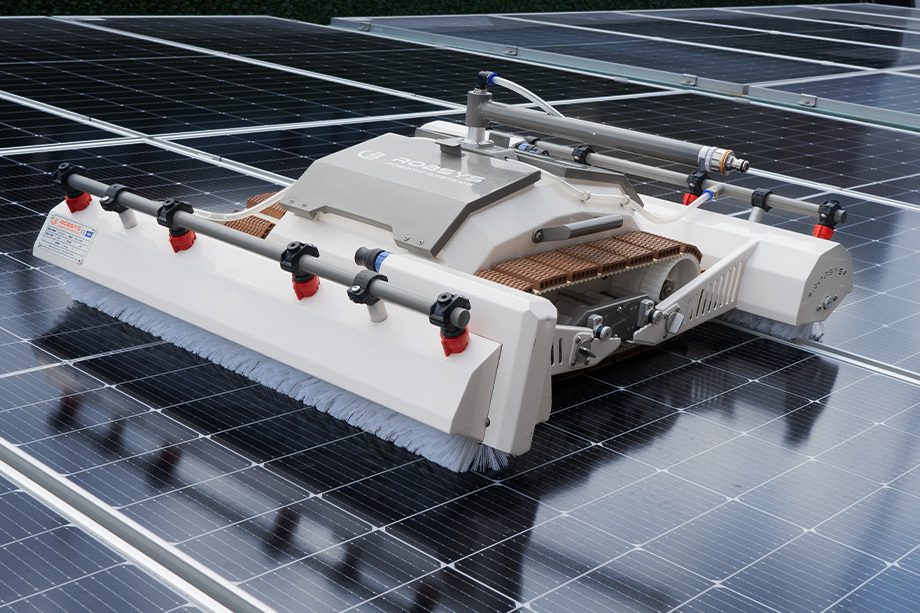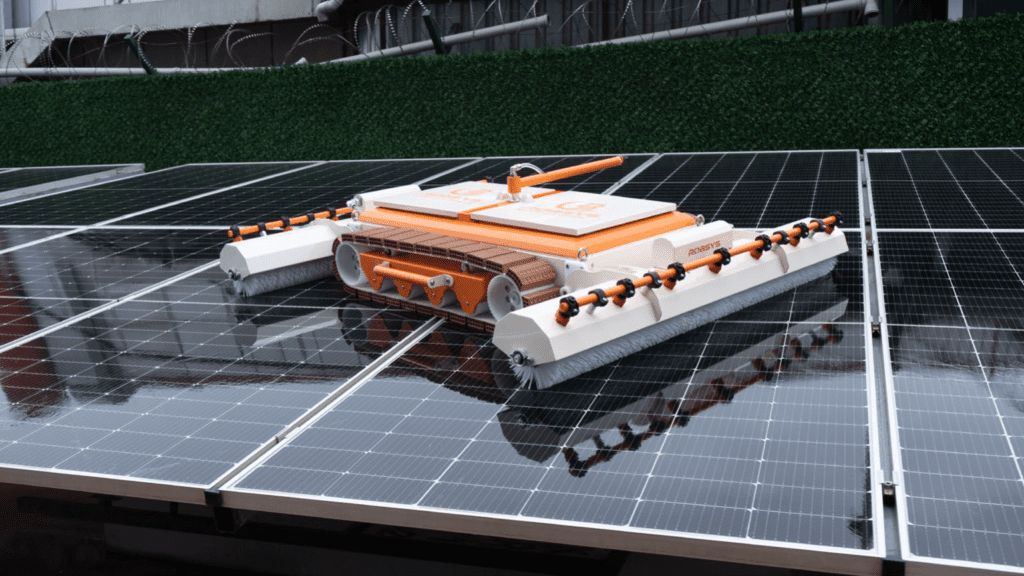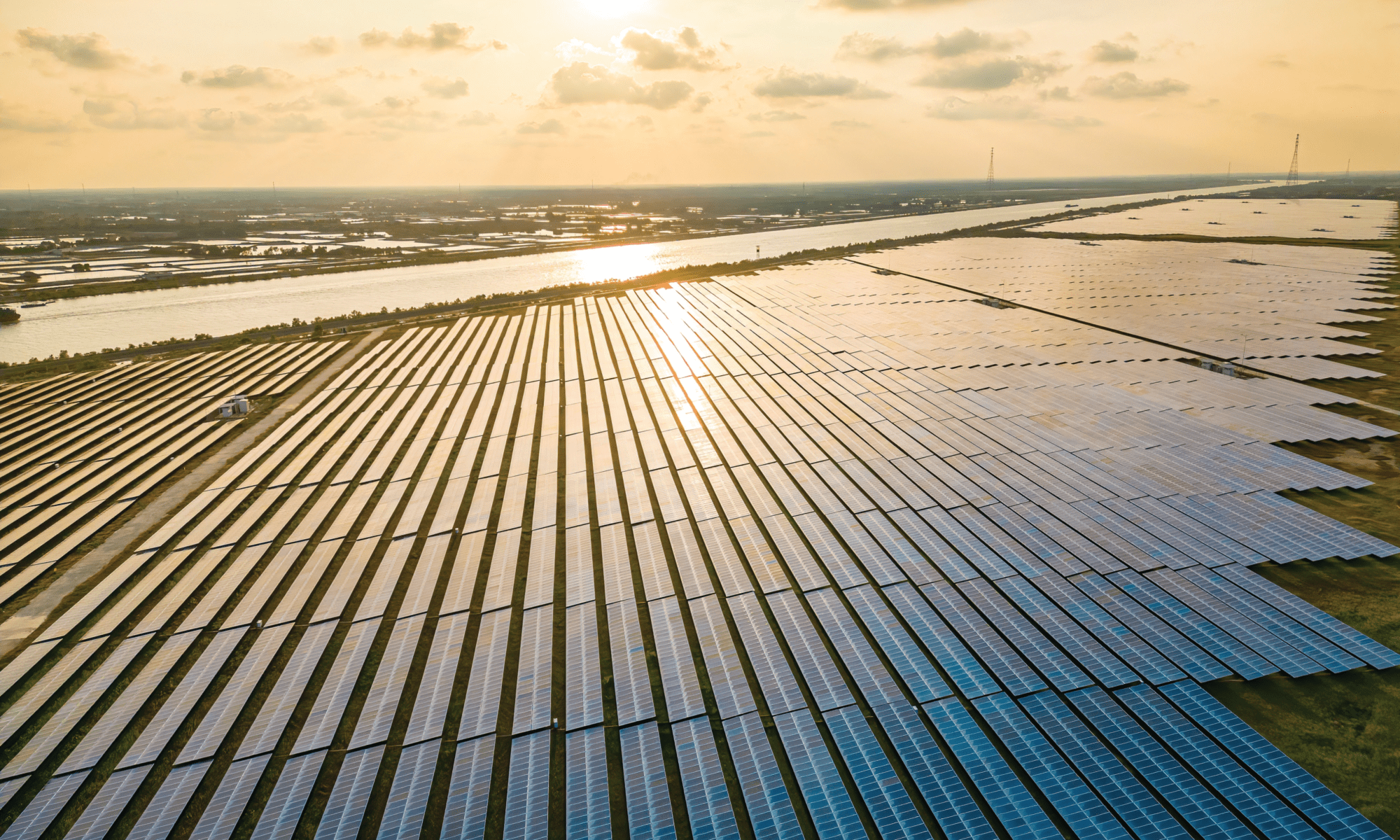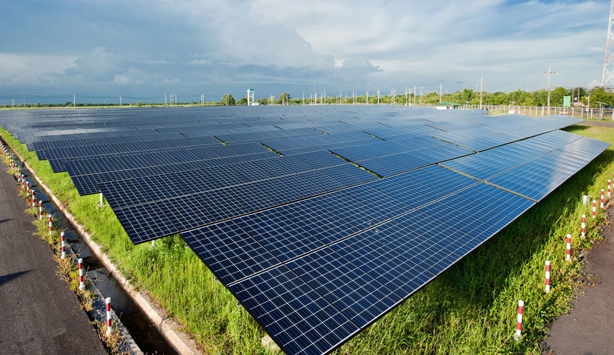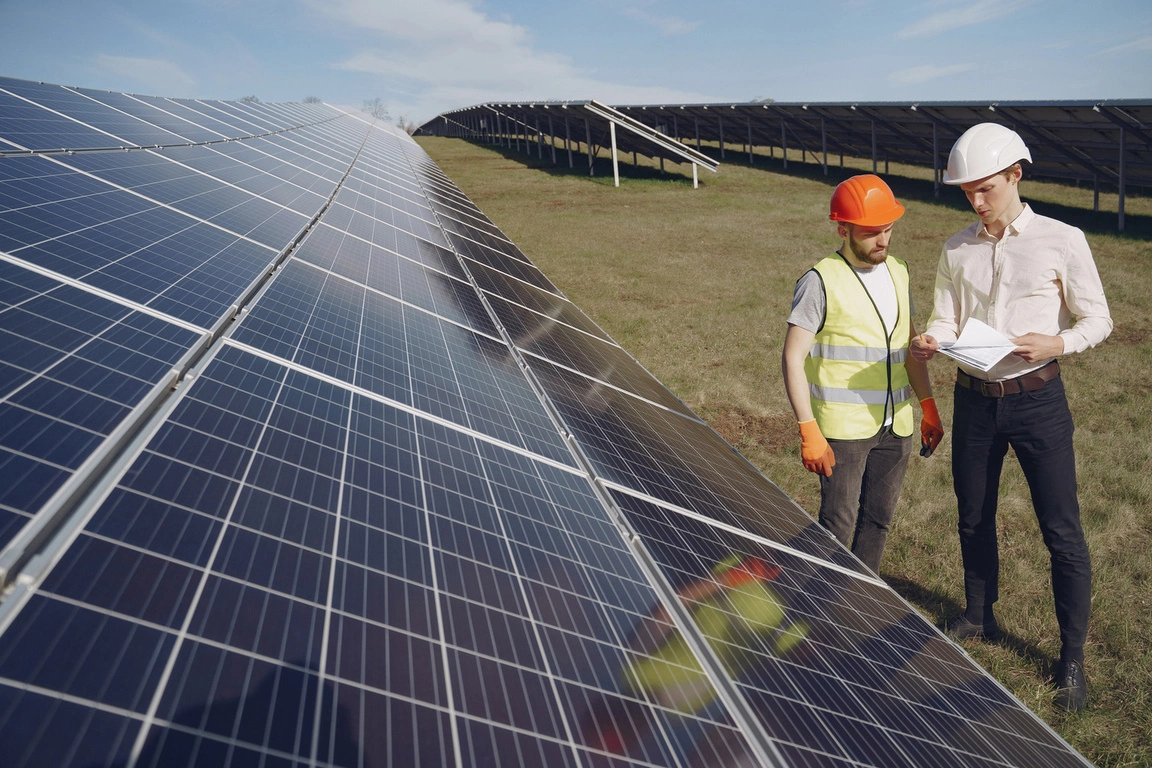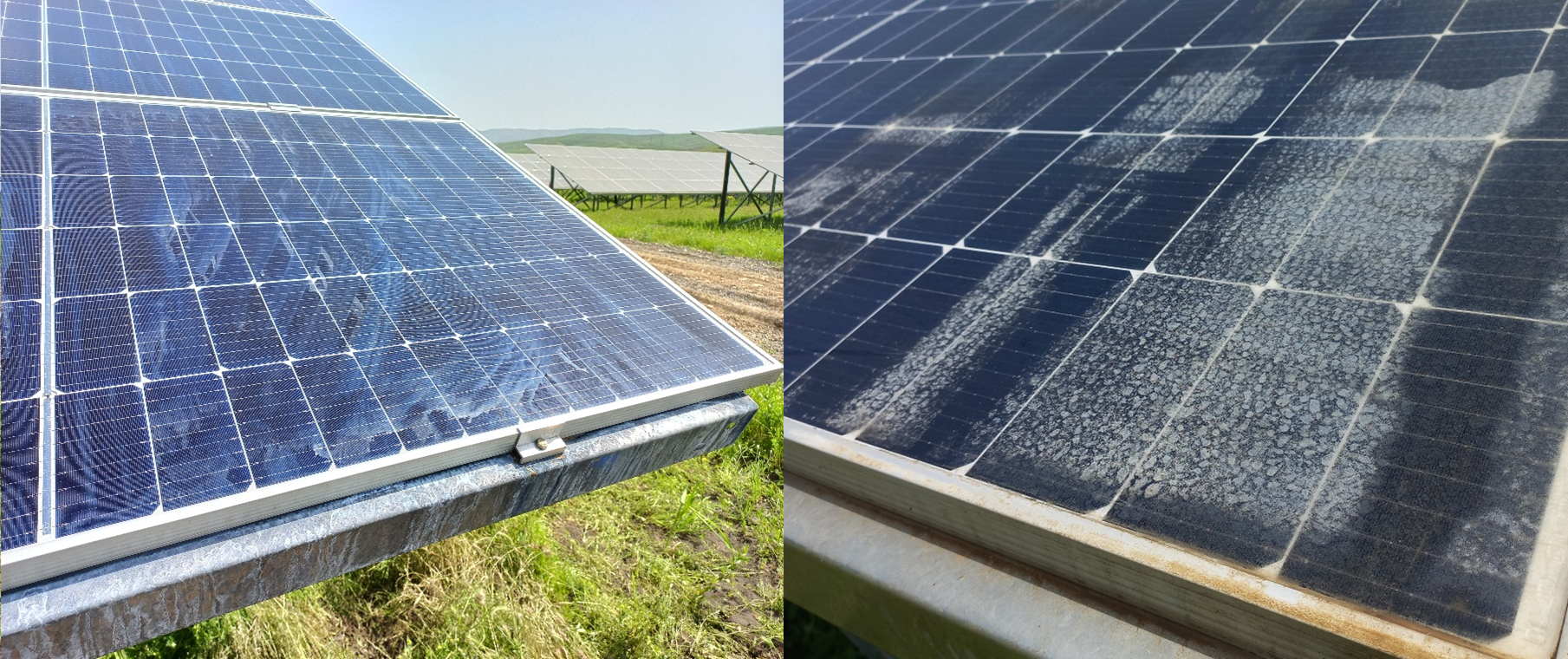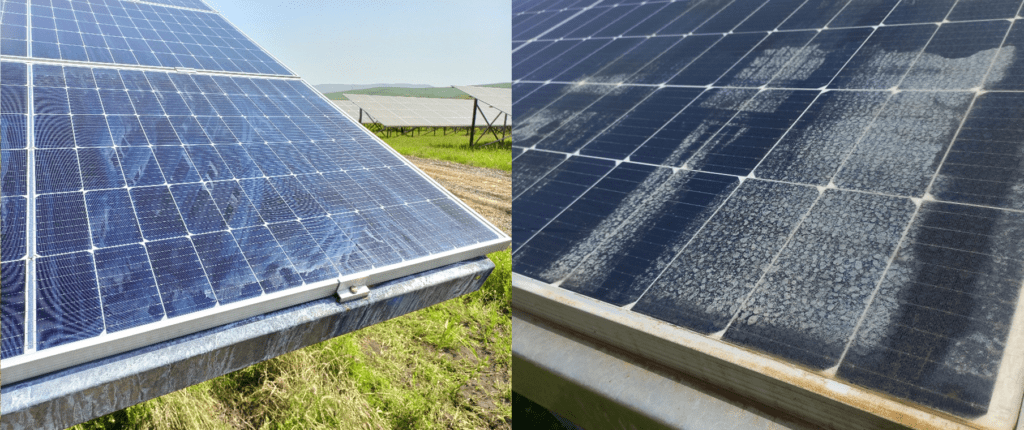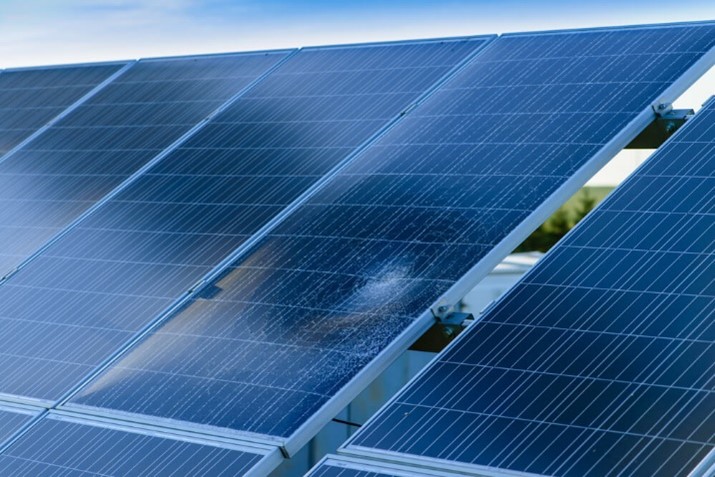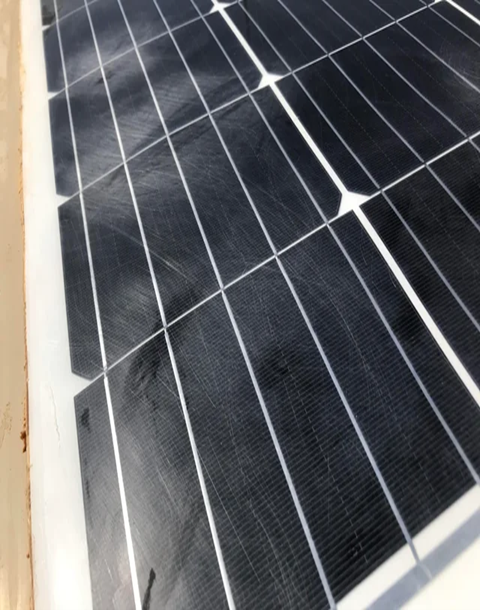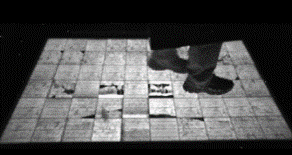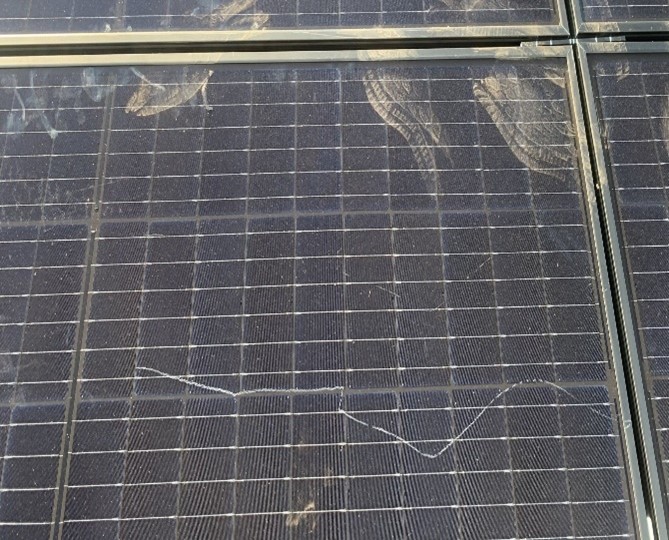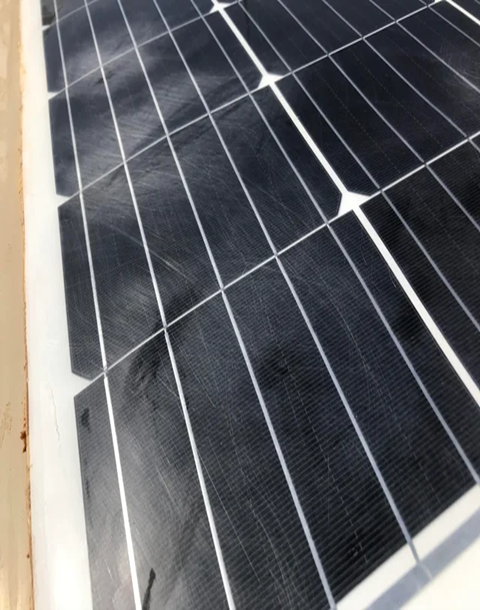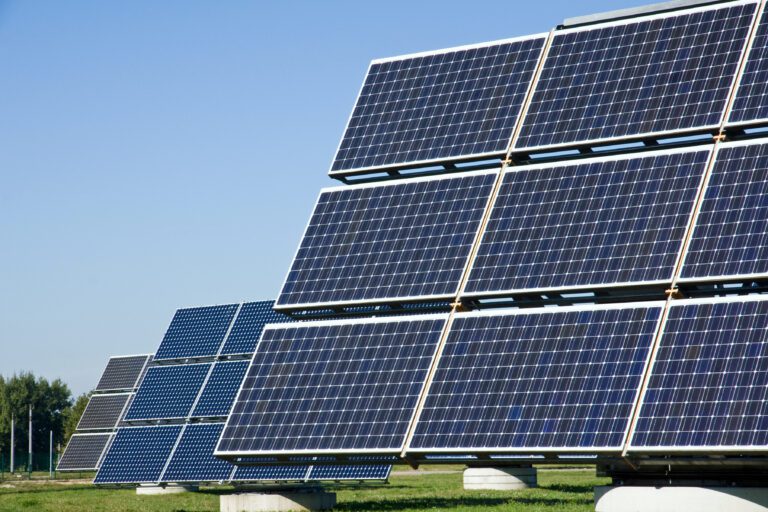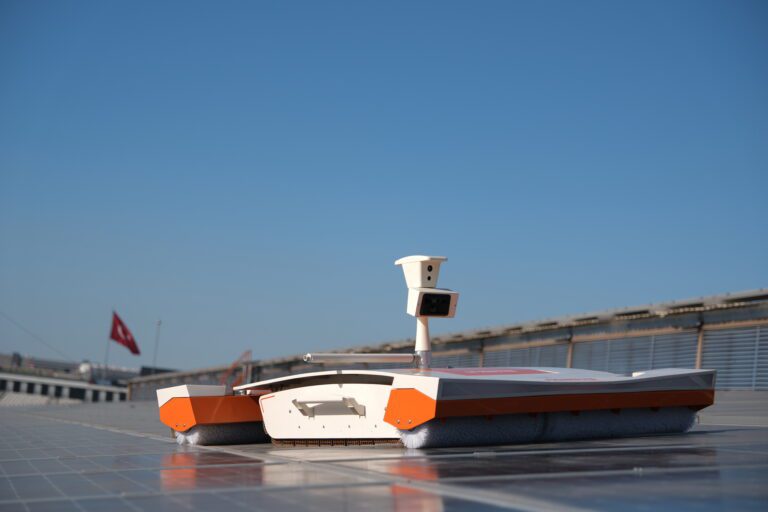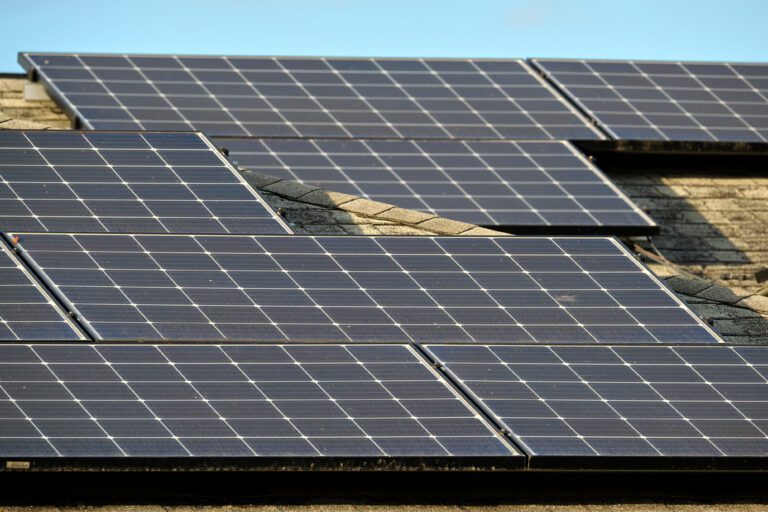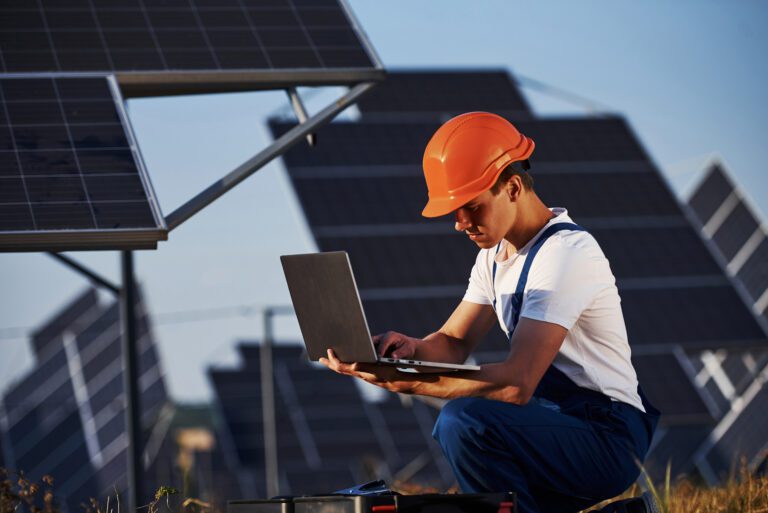Why Should Robotic Cleaning Be Chosen in Land Projects?
Advantages of Robotic Cleaning
• High Efficiency and Cleaning Speed:
Robotic cleaning systems operate much faster and more effectively than manual cleaning methods. Thanks to their high cleaning capacity, large areas can be cleaned in a short time, resulting in improved solar panel efficiency.
• Lower Labor Costs:
Robotic systems significantly reduce the need for manual labor. This allows for lower operational costs and improved efficiency in large-scale projects. In addition, robots can be controlled via remote control or cloud-based management systems, minimizing the need for personnel to be physically present on-site.
• Precise and Even Pressure Application:
Robotic cleaning systems apply even pressure on the panel surfaces, cleaning without causing damage. This helps prevent panel damage that can occur with manual or tractor-mounted cleaning systems. Such precision is especially important for glass-glass solar panels.
• Optimized Water Consumption:
Robotic systems optimize water usage and enable more efficient cleaning. This is a significant advantage in areas where water is limited, making it a critical factor for the sustainability of the project.
• Adaptability to Different Terrains and Slopes:
Robots are designed to operate on various surface types and slopes. This flexibility increases cleaning efficiency in hilly or uneven terrains.
• Low Risk and Increased Safety:
Compared to manual labor, robotic cleaning systems offer higher safety. In large and rugged areas, the risk of workplace accidents is greatly reduced. Equipped with safety features such as gap-detection sensors, robots also minimize the risk of falling or tipping over.
• Automation and Data Collection:
Modern robotic cleaning systems offer smart features like remote management, automated route planning, and data collection. These capabilities enhance operational efficiency and save time.
Robotic cleaning systems stand out in land-based solar projects thanks to their high efficiency, lower labor costs, safe and precise cleaning, water-saving capabilities, and adaptability to different terrains. These advantages make robotic solutions the preferred choice for cleaning and maintaining solar panels over large areas.
Prepared by: Batuhan Mert LAÇİNKAYA
For your questions: batuhanlacinkaya@rob-sys.com
Date: 20.12.2024
The entire content of this website, including but not limited to code, design, text, images, videos, and all other elements, is protected under the provisions of Law No. 5846 on Intellectual and Artistic Works and applicable legal regulations. Any unauthorized copying, reproduction, dissemination, publication, or use of such content, whether for commercial or non-commercial purposes, shall result in legal proceedings.

